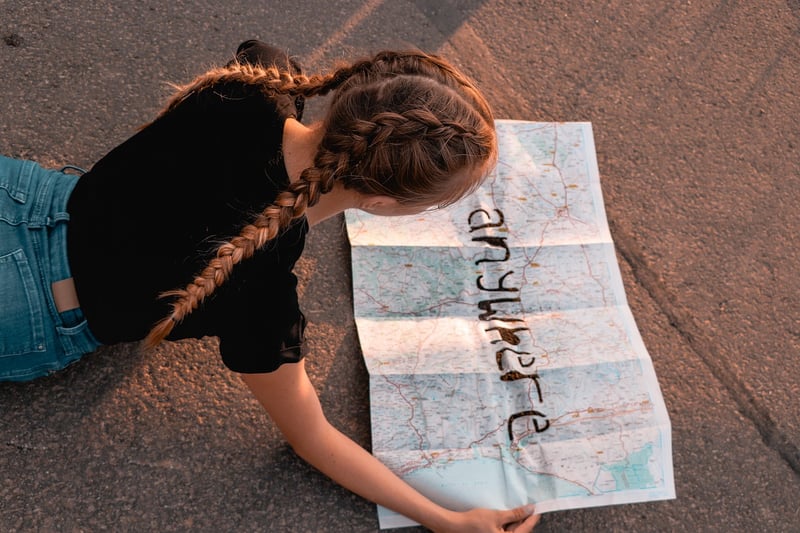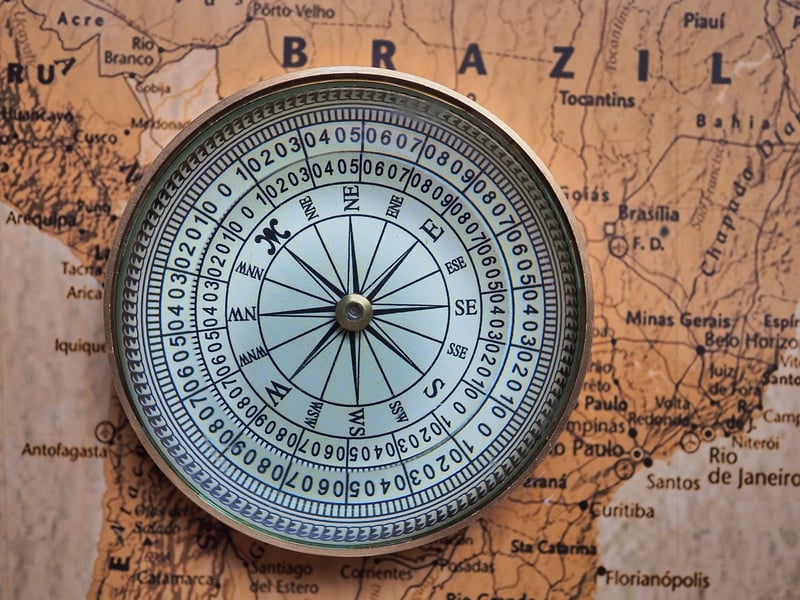Navigating Maps
Useful Advice for Adventurers: Navigating Maps
Embarking on an adventure and exploring unknown territories can be an exhilarating experience. Whether you are hiking through the mountains, navigating dense forests, or traveling to a new city, having the skills to read and navigate maps is essential for a successful journey. Here are some useful tips to help you become a master at navigating maps:
1. Understand Map Symbols
Before setting out on your adventure, familiarize yourself with common map symbols. Symbols vary depending on the type of map you are using, such as topographic maps, road maps, or trail maps. Knowing what each symbol represents will help you interpret the map accurately.
2. Orient the Map
Always orient the map to match the direction you are facing. Use landmarks or a compass to align the map correctly. This will ensure that you are moving in the right direction and prevent getting lost.
3. Use a Compass
A compass is a valuable tool for navigation, especially in remote areas where GPS signals may be weak. Learn how to use a compass to determine your direction and navigate accurately based on the map's orientation.
4. Measure Distances
Most maps have a scale that allows you to measure distances between points. Use a ruler or a piece of string to calculate how far you need to travel. This information will help you estimate travel time and plan your route effectively.
5. Pay Attention to Contour Lines
Contour lines on a topographic map indicate changes in elevation. Understanding contour lines will help you visualize the terrain, identify steep slopes, valleys, and ridges, and plan your route accordingly.
6. Plan Your Route
Before starting your journey, study the map to identify key landmarks, trails, and potential obstacles along your route. Plan alternative routes in case of unexpected challenges and always inform someone about your itinerary.
7. Practice, Practice, Practice
Like any skill, map reading and navigation require practice. Start by navigating familiar areas and gradually challenge yourself with more complex maps and terrains. The more you practice, the more confident you will become in your navigation abilities.
By following these tips and honing your map reading skills, you will be well-equipped to navigate confidently through various landscapes and enjoy a safe and rewarding adventure.
Remember, the journey is just as important as the destination, so embrace the unknown, explore new horizons, and let the map be your guide!

For more tips and tricks on outdoor adventures, visit www.adventures.com.
